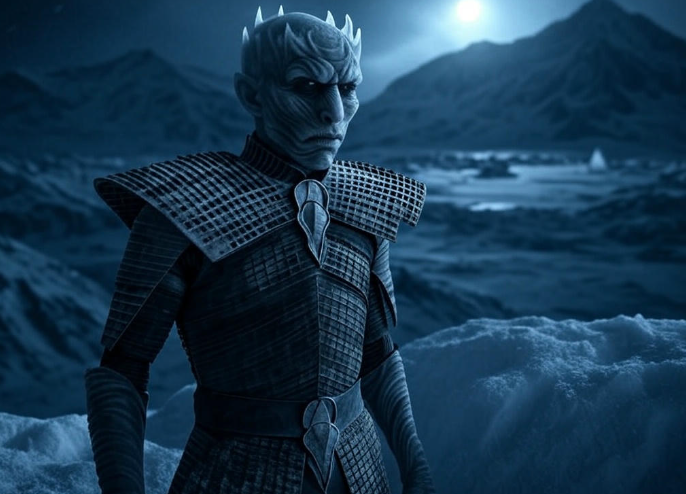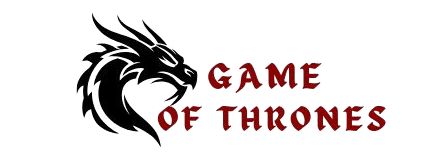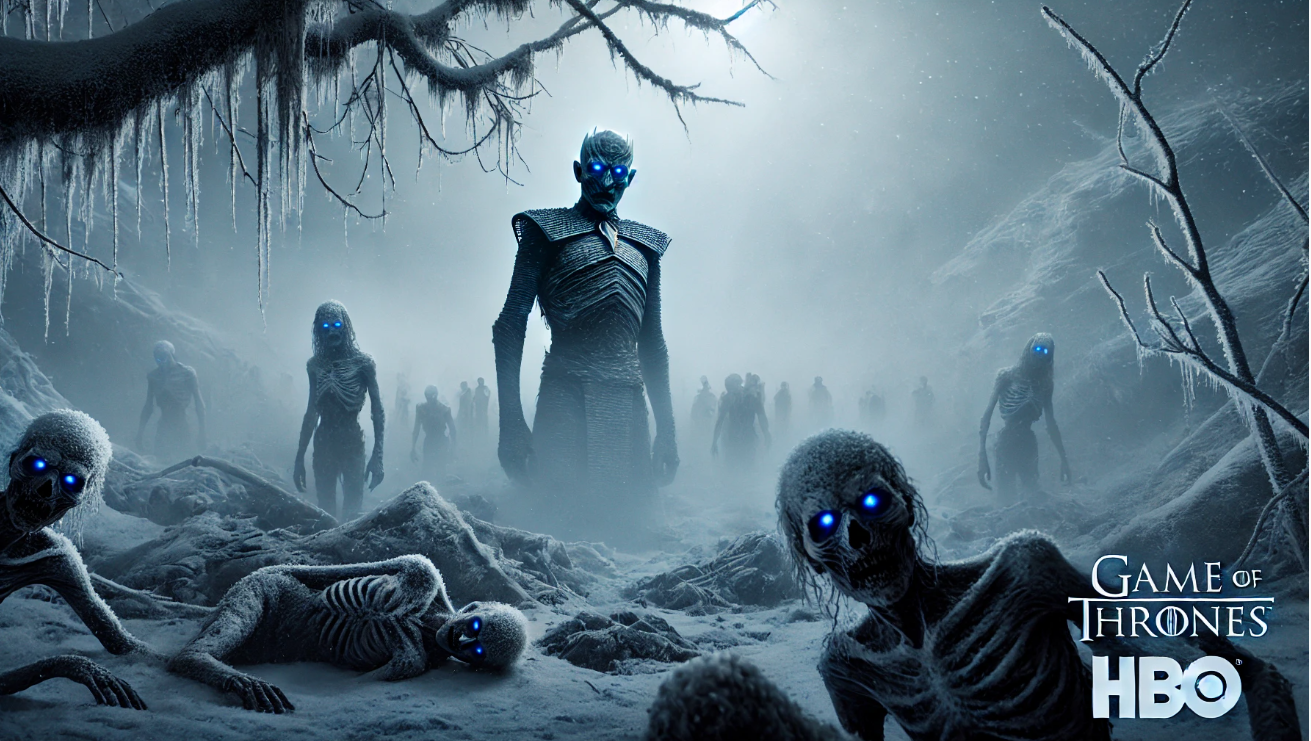
Few sights in Game of Thrones are as terrifying as the moment the dead begin to rise. The nightmarish nature of the wights’ presence on the battlefield is not merely a spectacle of horror—it’s a chilling force that upends every rule of war. These reanimated corpses, driven by the will of the White Walkers, don’t feel fear, pain, or fatigue. For the living, facing them is not just a fight for survival but a psychological assault that breaks morale and shatters hope. From Hardhome to the Battle of Winterfell, the wights redefine what it means to face death in combat.
The Creation of the Wights: From Humans to Deathless Soldiers
Wights are created when the bodies of the dead are reanimated by the White Walkers, who are powerful, supernatural beings. This transformation process strips the bodies of their former identities and turns them into soulless, reanimated corpses. The White Walkers use these wights as their army, sending them to attack and terrorize the living. The wights are under the control of the Night King, who is the leader of the White Walkers. They serve as his foot soldiers in the battle against the living. The Night King has the ability to raise the dead and turn them into wights, adding to his army of the undead.
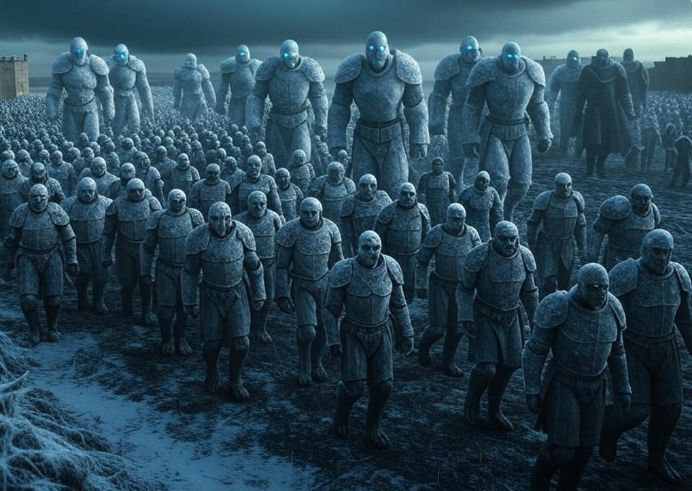
The Nightmarish Nature of the Wights: Psychological and Physical Terror
The wights’ presence on the battlefield is indeed eerie and unsettling. Their relentless advance, without any sense of fear or mercy, creates a psychological horror for opposing soldiers. The wights’ lack of emotion and endless numbers contribute to the overall terror they inflict on the battlefield. Their appearance and behavior effectively dehumanize warfare, adding an extra layer of horror to the already intense battles. In the show, the Battle of the Bastards and the Battle of Winterfell are prime examples of the terrifying impact of the wights. Their relentless and emotionless advance creates a sense of dread and hopelessness for the characters and the audience alike. The psychological horror they inflict is palpable, adding a new dimension to the already intense battles.
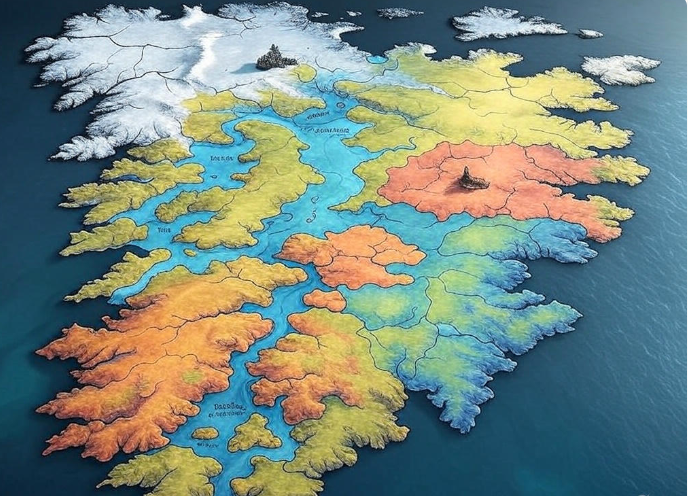
Strategic Implications: Wights as the Ultimate Weapon in Warfare
The tactical advantages that wights bring to the battlefield are numerous. First and foremost, their sheer numbers and ability to overwhelm even the strongest armies make them a formidable force to reckon with. Additionally, wights are unaffected by fear or fatigue, allowing them to continue their onslaught without any hesitation. Throughout key battles in Westeros, wights have played a significant role in shaping military strategies. Their relentless nature and ability to push forward have forced the living to adapt and shift their battle strategies in order to combat them effectively. One of the biggest challenges in facing wights is the difficulty in combating them. Traditional weapons often only slow them down, with substances like dragonglass and fire being the most effective in taking them down.
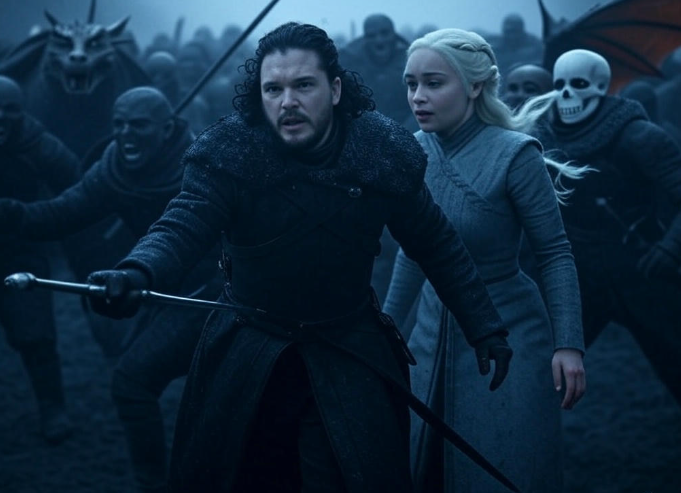
The Symbolism of the Wights in the Context of War
The wights in literature and mythology often serve as a powerful symbol of death and inevitability in warfare. Their presence represents the ultimate enemy—death itself—and connects to themes of life, death, and resurrection. In many stories, the appearance of wights marks the end of traditional war methods and the beginning of apocalyptic conflict. The haunting imagery of their inexorable advance serves as a chilling reminder of the doomed future that awaits the living in the face of such an unstoppable force.
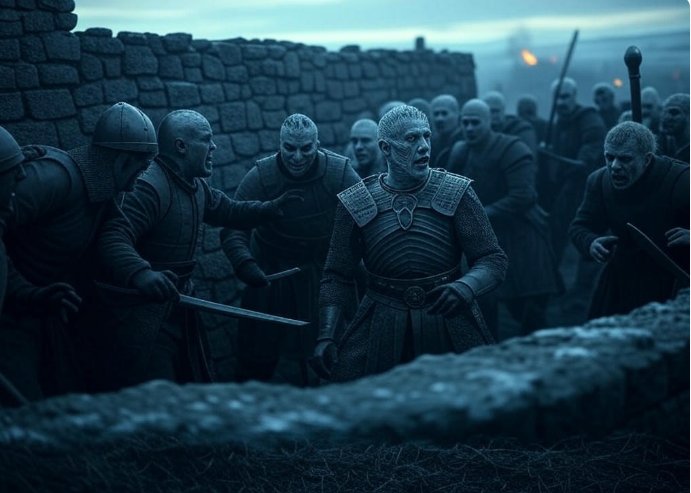
Key Battles Involving the Wights: Shaping the Outcome of Westeros’ War
The Battle of Hardhome was a pivotal moment in the Game of Thrones series, as it provided the first large-scale introduction to the terrifying power of the wights. This battle showcased the nightmarish impact of the wights as they overran the wildling settlement, leaving a trail of death and destruction in their wake. In the Battle of the Bastards, we saw how the wights infiltrated the ranks of the living, creating chaos and tipping the scales of the battle in favor of the undead army. This battle demonstrated the cunning and relentless nature of the wights as they worked to dismantle the forces of the living.

The Wights’ Long-Term Impact on the War for Westeros
The existential threat posed by the wights as a new type of warfare is unprecedented in the history of Westeros. Their ability to raise the dead and turn them into mindless soldiers has redefined the stakes of the battle for Westeros’ future. The threat of the wights has forced the various factions in Westeros to set aside their differences and unite against a common enemy, highlighting the broader implications for the future of humanity and the political landscape of Westeros. The lasting psychological and cultural impact of wights on the survivors cannot be overstated. The fear and trauma experienced by those who have encountered the wights will continue to shape the collective consciousness of Westeros for generations to come.
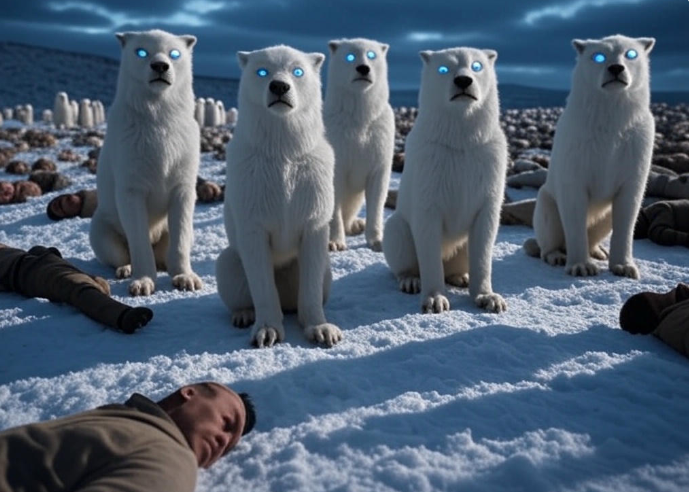
Conclusion
The wights, also known as the reanimated corpses controlled by the White Walkers, have played a significant role in shaping warfare in Westeros. Their presence has had nightmarish psychological, strategic, and symbolic implications for the characters and the world at large. Psychologically, the wights instill fear and terror in the hearts of those who face them, as they are relentless and seemingly unstoppable. Their strategic implications are vast, as they can overwhelm armies with their sheer numbers and their ability to turn fallen foes into more wights. Symbolically, the wights represent the fear of the unknown and the inevitability of death, as they are a force that cannot be reasoned with or defeated conventionally.
